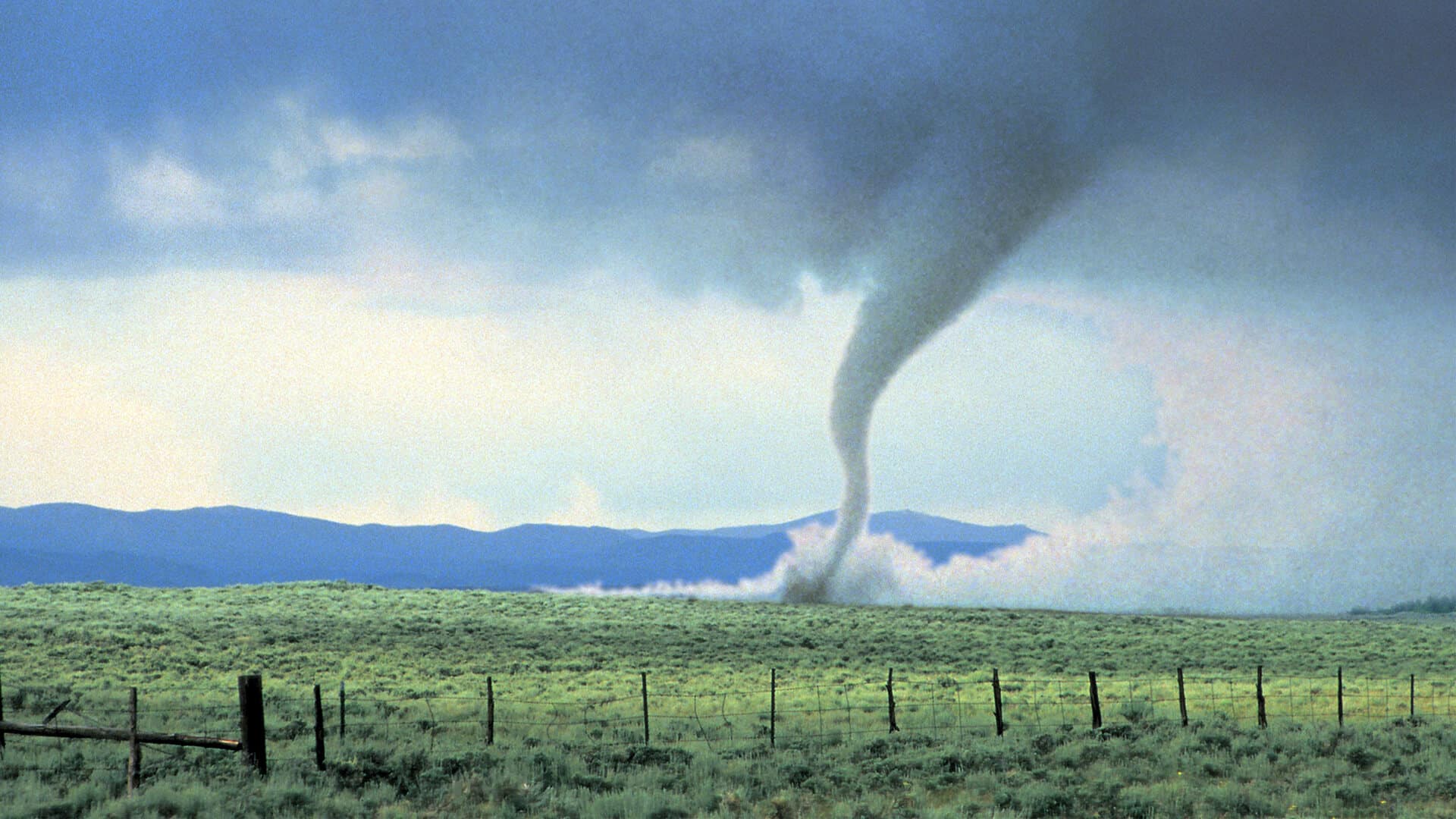NASA has released the first batch of detailed, full-color images taken by the James Webb Space Telescope, which reveal previously obscured cosmic expanses that formed as many as 13 billion years ago.
The images target five areas of space, including galaxy clusters SMACS 0723 and Stephan’s Quintet, star-forming region NGC 3372 in the Carina Nebula, exoplanet WASP-96b, and the Southern Ring Nebula – an expanding gaseous cloud around a dying star.
Positioned approximately one million miles away from Earth, the $10-billion cutting-edge Webb Telescope can see significantly more of the Universe and in much greater detail than its predecessor, the Hubble Space Telescope.
“Today, we present humanity with a groundbreaking new view of the cosmos from the James Webb Space Telescope – a view the world has never seen before,” NASA Administrator Bill Nelson said in a press release Tuesday. “These images, including the deepest infrared view of our universe that has ever been taken, show us how Webb will help to uncover the answers to questions we don’t even yet know to ask; questions that will help us better understand our universe and humanity’s place within it.”
Webb’s First Deep Field of SMACS 0723 reveals thousands of galaxies in the sharpest infrared image to date of our distant, early Universe. The telescope captured a separate galaxy grouping, Stephan’s Quintet, using a Near-Infrared Camera (NIRCam) and Mid-Infrared Instrument (MIRI). NASA described the picture, Webb’s largest yet, as an “enormous mosaic” that “contains over 150 million pixels and. . . almost 1,000 separate image files” and covers “about one-fifth of the Moon’s diameter.”
Among the most striking images released Tuesday is that of the “emerging stellar nurseries and individual stars” in the Carina Nebula, a tumultuous cloud of gas and dust some 7,600 light years from Earth. The photo depicts celestial mountains, cliffs, and valleys, with peaks up to seven light-years high.
Webb is already gathering unprecedented data for NASA researchers, who are confident that the existing images and those to come will yield critical insights about galactic formation and evolution, as well as the birth of new stars and the role black holes play in that process.











